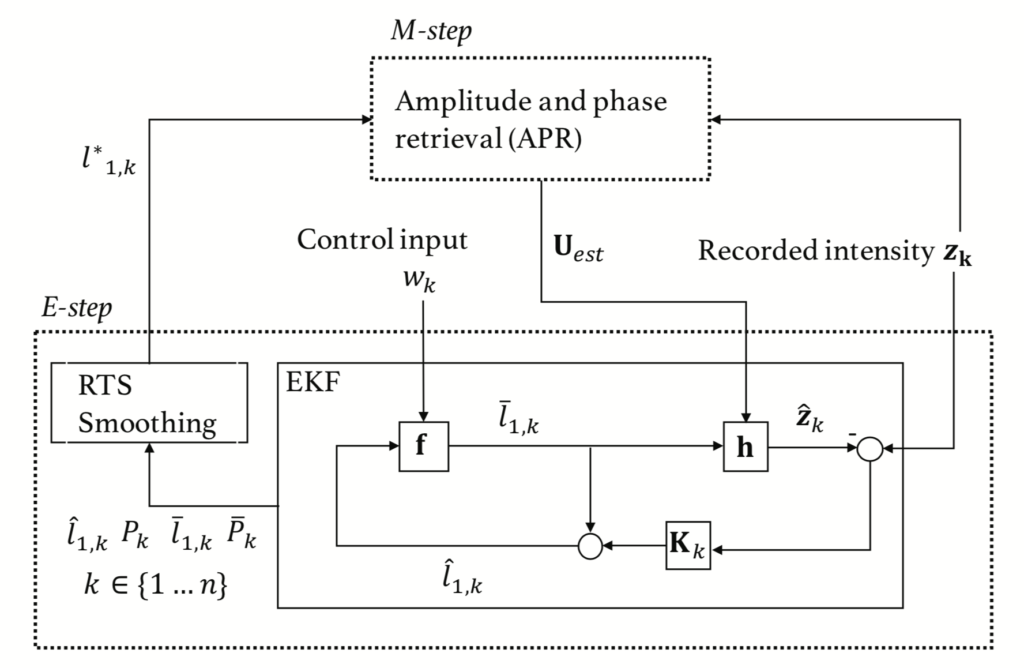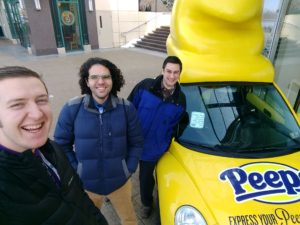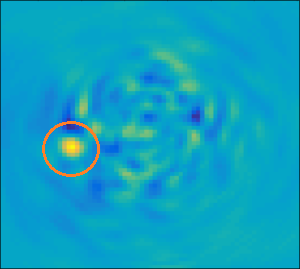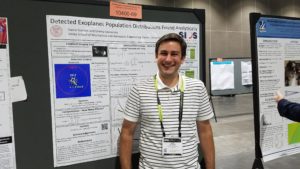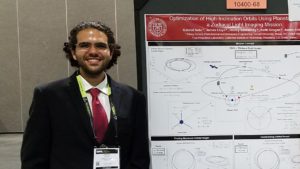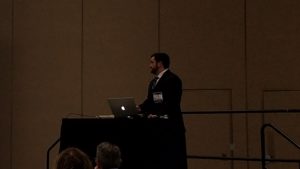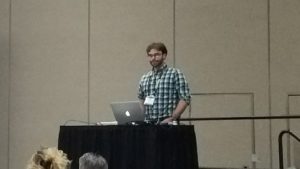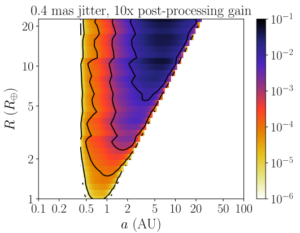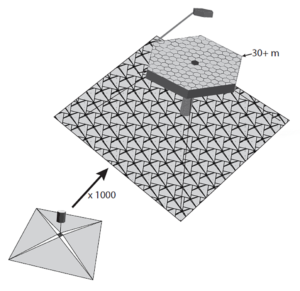
Our proposal: Modular Active Self-Assembling Space Telescope Swarms has been selected for the 2018 NIAC Phase I. The NASA Innovative Advanced Concepts Program seeks to develop radical and revolutionary new concepts that could potentially lead to wholly new classes of NASA missions and unprecedented technological and scientific breakthroughs.
Our study will seek to establish the feasibility of constructing giant space telescopes, far beyond the scale that would be possible with conventional construction techniques, out of standardized, mass-produced modules. These modules would be launched individually or in small groups, preferably as payloads of opportunity on other launches, and would navigate to the vicinity of the Sun-Earth L2 point using solar sails for propulsion. There, the swarm of modules would assemble autonomously, taking advantage of the novel dynamical environment, with the top sides of the modules becoming segments of the telescope mirror, while the solar sails become components of a giant, planar sun-shield. The mirror segments would all be active optics to allow for the setting and control of the required overall mirror shape. We are greatly honored by our selection, and excited to get started on this project.
This project has also been covered by the Cornell Chronicle and Motherboard.
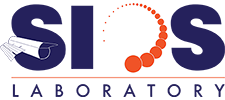





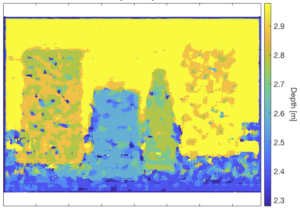 Michael Wang (SIOSlab MEng 2018) presented at the
Michael Wang (SIOSlab MEng 2018) presented at the 
